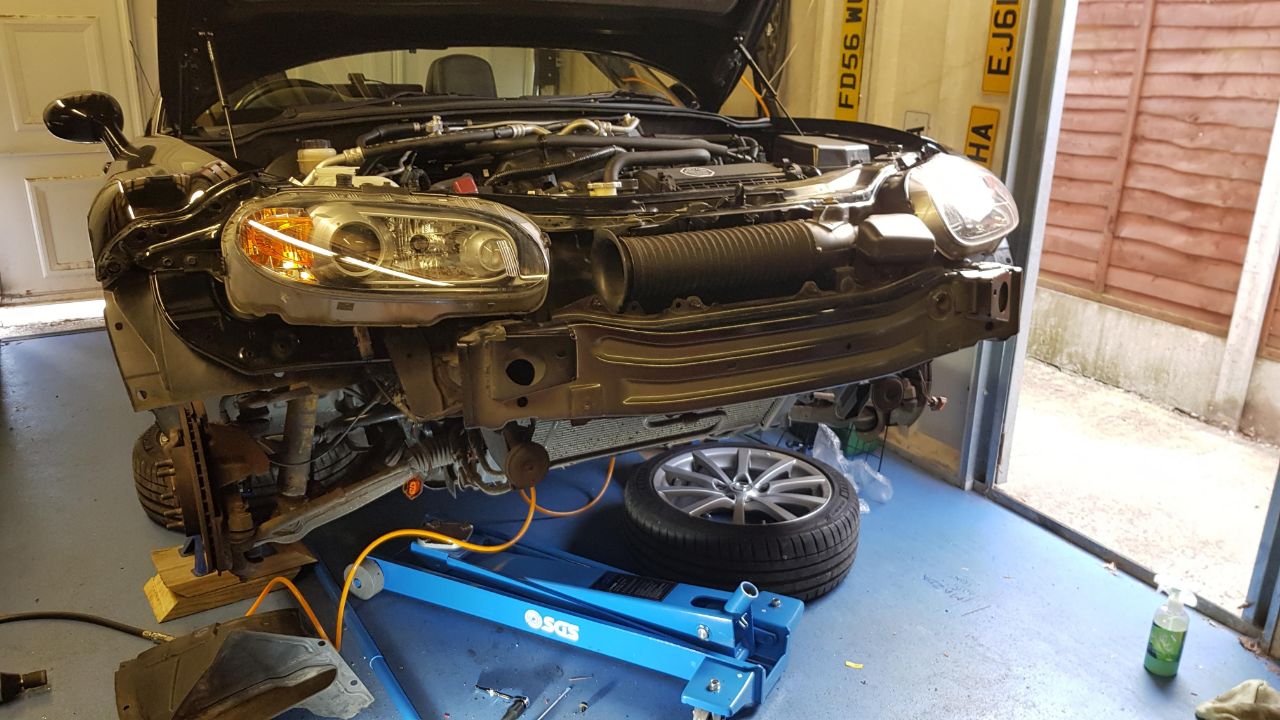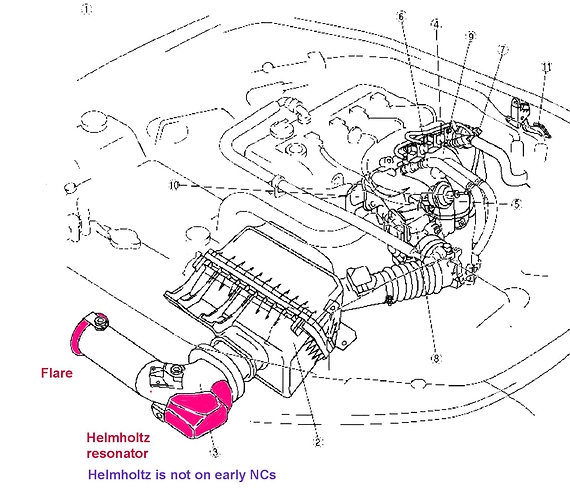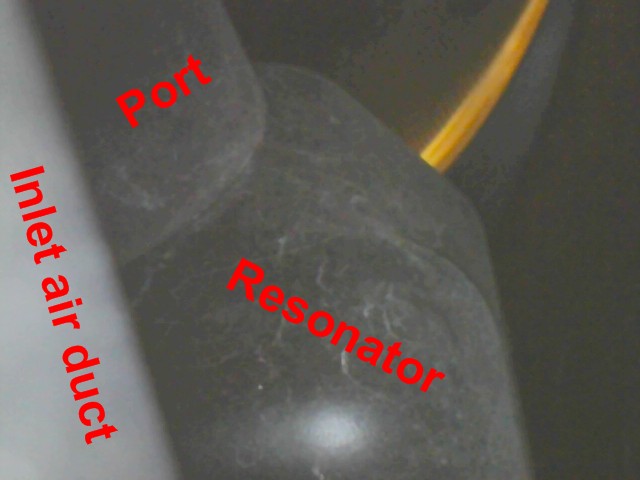My guess is that the later version is an improvement. Madza would not have added it for no reason. Maybe it was done soon after launch and the manuals took a while to catch up.
In general, a quieter inlet system across the rev range means a more laminar flow in what is a pulsed environment; less energy is wasted in the heat of shock turbulence while the air fights its way into the engine through the go-stop pulses of the valves opening and closing. By careful tuning the resonator can store some of the pressure energy off-line and return it as required . But also think of a two-stroke’s highly resonant induction with narrow rev range.
This is one of the reasons for having variable length paths inside the modern inlet manifold, and for ‘tumbling’ in the right places at the right times to ramp up the local air pressure for the moments when the valves open.
However, go-faster people who like to hear the inlet roar might be disappointed, a noisy inlet is slightly less efficient! The car is effectively gasping.
The only noise I want to hear is at the throttle butterfly. My little old Ford bitsa with two-choke progressive 32DFM Weber had the most fantastic sucking noise when the bigger second choke kicked in, and the exhaust went from an inoffensive ordinary boring old family balloon’s mumble to a snarling howl - a true wolf in sheep clothing.
Some extreme examples, no duct to big long duct.
If you have a really short inlet, eg big ITBs with short stubs to the head for quick response and maximum air flow, then you can almost ignore these pulses because the air mass is so small (nice on a racing engine), it is just a pain (black art) to get the mixture right, so go for direct injection to solve the problem. But don’t forget that bit of inlet air mass helps prevent combustion products bouncing back out the inlet valves during overlap.
A really long wide inlet duct for heavy air mass/momentum pressing in all the time at steady engine power is good for efficient conventional mixture control, but at the expense of quick changes when it falls over, (think lag or waste gate etc on a turbo).
Of course this is a big and highly technical subject and my old-fashioned thoughts are far too generalised and simplistic, and probably way out of date.
My favourite engine now is the latest Skyactive because I think Mazda have actually got it very much right.

 ]
]
 Couldn’t help laughing at that one, as an ex motorcyclist who used to wear an open face lid sometimes ,I know how much fun it is to be hit by bugs at speed , especially when they hit the lens of your glasses , and you can only see out of one eye
Couldn’t help laughing at that one, as an ex motorcyclist who used to wear an open face lid sometimes ,I know how much fun it is to be hit by bugs at speed , especially when they hit the lens of your glasses , and you can only see out of one eye 



